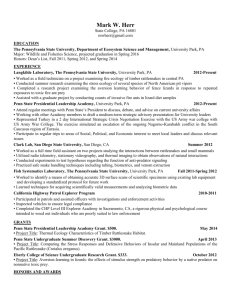The Wall remains the most potent character and
advertisement
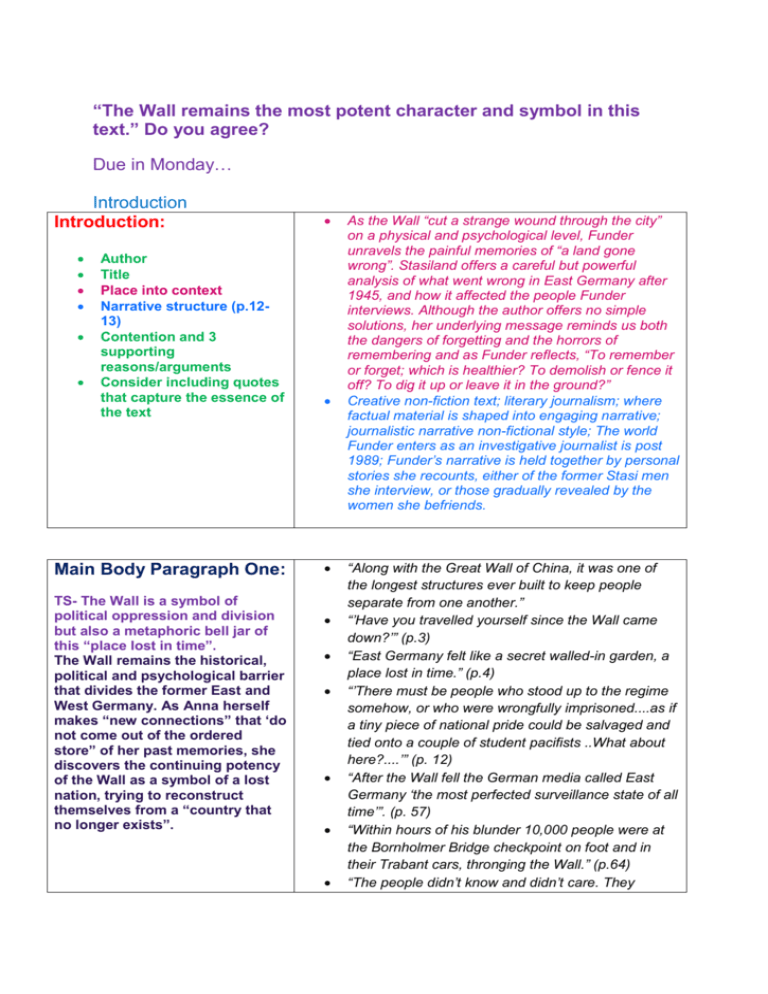
“The Wall remains the most potent character and symbol in this text.” Do you agree? Due in Monday… Introduction Introduction: Author Title Place into context Narrative structure (p.1213) Contention and 3 supporting reasons/arguments Consider including quotes that capture the essence of the text Main Body Paragraph One: TS- The Wall is a symbol of political oppression and division but also a metaphoric bell jar of this “place lost in time”. The Wall remains the historical, political and psychological barrier that divides the former East and West Germany. As Anna herself makes “new connections” that ‘do not come out of the ordered store” of her past memories, she discovers the continuing potency of the Wall as a symbol of a lost nation, trying to reconstruct themselves from a “country that no longer exists”. As the Wall “cut a strange wound through the city” on a physical and psychological level, Funder unravels the painful memories of “a land gone wrong”. Stasiland offers a careful but powerful analysis of what went wrong in East Germany after 1945, and how it affected the people Funder interviews. Although the author offers no simple solutions, her underlying message reminds us both the dangers of forgetting and the horrors of remembering and as Funder reflects, “To remember or forget; which is healthier? To demolish or fence it off? To dig it up or leave it in the ground?” Creative non-fiction text; literary journalism; where factual material is shaped into engaging narrative; journalistic narrative non-fictional style; The world Funder enters as an investigative journalist is post 1989; Funder’s narrative is held together by personal stories she recounts, either of the former Stasi men she interview, or those gradually revealed by the women she befriends. “Along with the Great Wall of China, it was one of the longest structures ever built to keep people separate from one another.” “’Have you travelled yourself since the Wall came down?’” (p.3) “East Germany felt like a secret walled-in garden, a place lost in time.” (p.4) “’There must be people who stood up to the regime somehow, or who were wrongfully imprisoned....as if a tiny piece of national pride could be salvaged and tied onto a couple of student pacifists ..What about here?....’” (p. 12) “After the Wall fell the German media called East Germany ‘the most perfected surveillance state of all time’”. (p. 57) “Within hours of his blunder 10,000 people were at the Bornholmer Bridge checkpoint on foot and in their Trabant cars, thronging the Wall.” (p.64) “The people didn’t know and didn’t care. They steamed through into West Berlin……dancing on the Wall.” (p. 66) Main Body Paragraph Two: TS-Within this “secret walled garden” that symbolised the Iron Curtain, the Communist world of deprivation, oppression and control, is largely forgotten as “East Germans and their stories” remain a painful but “lost”, ignored” history, like the “hidden short cuts” and “unmarked lanes” of Leipzig. While Anna describes herself as an Alice in Wonderland, it is only when she moves beyond the physical “detail” of pictures, boxes and glass cases, that she begins to uncover the disparate but connected voices and stories of a lost people “from this land gone wrong”. Miriam Julia Frau Paul Main Body Paragraph Three: TS- The Wall remains the chronological and political symbol of division. Just as the “neighbourhood of Mitte” represents the change from pre Wall to Post Wall Berlin in its act of “ideological redecoration” (p.52.). However, these attempts of superficial architectural “I went home to Australia, but now I am back in Berlin. I could not get the Miriam’s story, the strange second-hand tale of a woman I had never met, out of my mind.” (p. 9) “The next morning she got on a train for Berlin. It was New Year’s Eve1968, and Miriam Weber was going over the Wall.” (p18) “At the Brandenburg Gate she was amazed that she could walk right up to the Wall…” (p.19) “At Bornholmer Bridge the border ran, in theory, along the space between the tracks…” (p. 20) “We laugh at the improbability of it, of someone barely more than a child poking about in Beatrix Potter’s garden by the Wall, watching out for Mr McGregor and his blunderbuss….” (p.21-22) “The train that night was crammed full of people being expelled from the GDR. It was as though anyone who might catch the glasnost virus had to be put over the Wall.” (p.44) “Shortly after the revolution in 1989 Miriam went to the cemetery to find Herr Mohre, but he had vanished as soon as the Wall came down.” (p. 46) “Over the next week, I think about Miriam and I think about Stasi men. I am curious about what it must have been like to be on the inside of the Firm, and then to have that world and your place in it disappear.” (p.53) renovation barely cover the exposed and “tattered faces of the city’s “grey buildings”. Anna’s curiosity to know about “what it must have been like on the inside of the Firm” deconstructs the “mysteries” of the “’most perfected surveillance state of all time’” through her “meetings” with the Stasi “underlings”. The Stasi as symbols of the WallKarl Eduard von Schnizler, Herr Bohnsack, Hagen Koch, Herr Winz, Herr Bock, Herr Christian Conclusion-
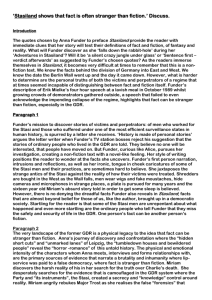
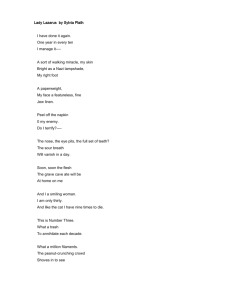
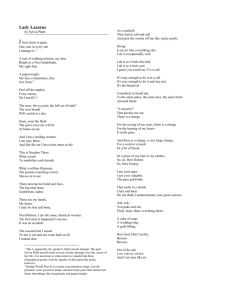
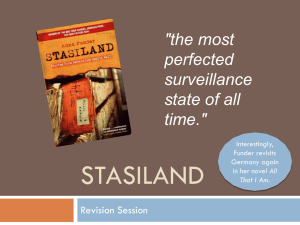
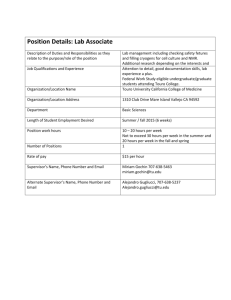
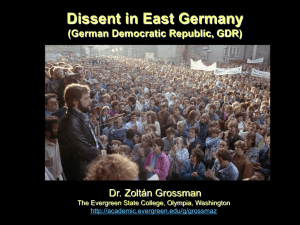

![Assumptions Checklist [Word File]](http://s3.studylib.net/store/data/005860099_1-a66c5f4eb05ac40681dda51762a69619-300x300.png)



